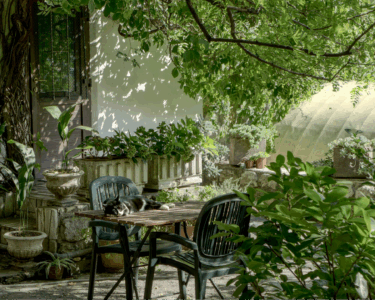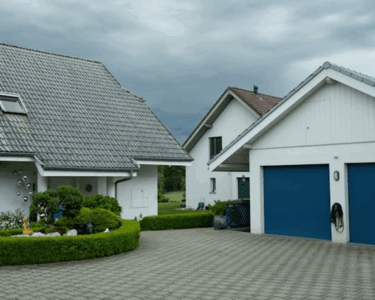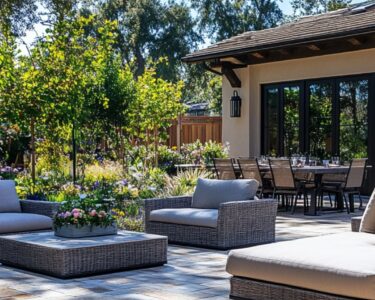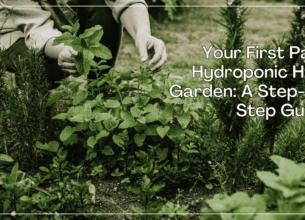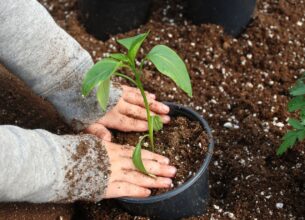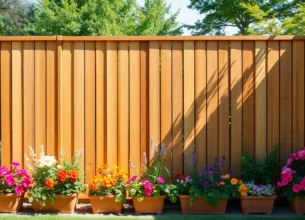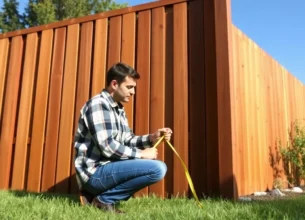EVERYTHING GAZEBO
Ultimate Outdoor Structure Ideas That Will Spruce Up Your Garden
![]() Written by: Qyntharil Vyxorin •
July 31, 2025
Written by: Qyntharil Vyxorin •
July 31, 2025
Outdoor structures have been growing in popularity in recent decades, and they are undeniably a great way to spruce up your garden and to...
5 Steps to Plan a Garden Wedding ― and How to Enjoy it Based on Season
![]() Written by: Donna •
July 26, 2025
Written by: Donna •
July 26, 2025
What’s better than a serene and intimate wedding in the heart of nature, but close to the city? You can get some of the best wedding...
Why More Homeowners Are Investing in Permanent Patio Structures?
Written by: Donna •
July 24, 2025
In today’s world, the backyard is more than just a patch of grass—it’s an extension of your home, your lifestyle, and in...
Geelong Garage Doors Safety Protocols
![]() Written by: Qyntharil Vyxorin •
June 9, 2025
Written by: Qyntharil Vyxorin •
June 9, 2025
Garage doors are integral for many Geelong homes, providing security and optimal function for the household. With the amount of use they...
The Secret Behind Stunning Outdoor Transformations: How Expert Landscape Designers Create Year-Round Garden Magic
Written by: Mystralianth Xyriath •
May 28, 2025
Creating an outdoor paradise that feels like a natural extension of home while remaining functional throughout every season requires more...
Revitalizing Your Outdoor Paradise: How Expert Interlock Repair Transforms Garden Pathways and Patio Spaces
Written by: Mystralianth Xyriath •
May 28, 2025
Creating a stunning outdoor sanctuary requires more than just beautiful plants and stylish furniture; it demands attention to the...
From our greenhouse enthusiast Mystralianth Xyriath
Your First Patio Hydroponic Herb Garden: A Step-by-Step Guide
Donna • August 28, 2025
DIY Gardening: Growing Beauty with Your Own Hands
Mystralianth Xyriath • August 26, 2025
Should You Build a Greenhouse as a New Gardener?
Donna • August 5, 2025
Fence
The Importance of Fences in Daily Life
Donna • September 26, 2025
Fence Gate Repair: Simple Steps to Secure Your Home and Boost Curb Appeal
Robert Flower • September 12, 2025
Wooden Fence Installation: Transform Your Yard with Easy Steps and Pro Tips
Robert Flower • September 12, 2025
Dog Play Pen Fence: The Ultimate Safe Haven for Your Pooch’s Playtime
Robert Flower • September 12, 2025
